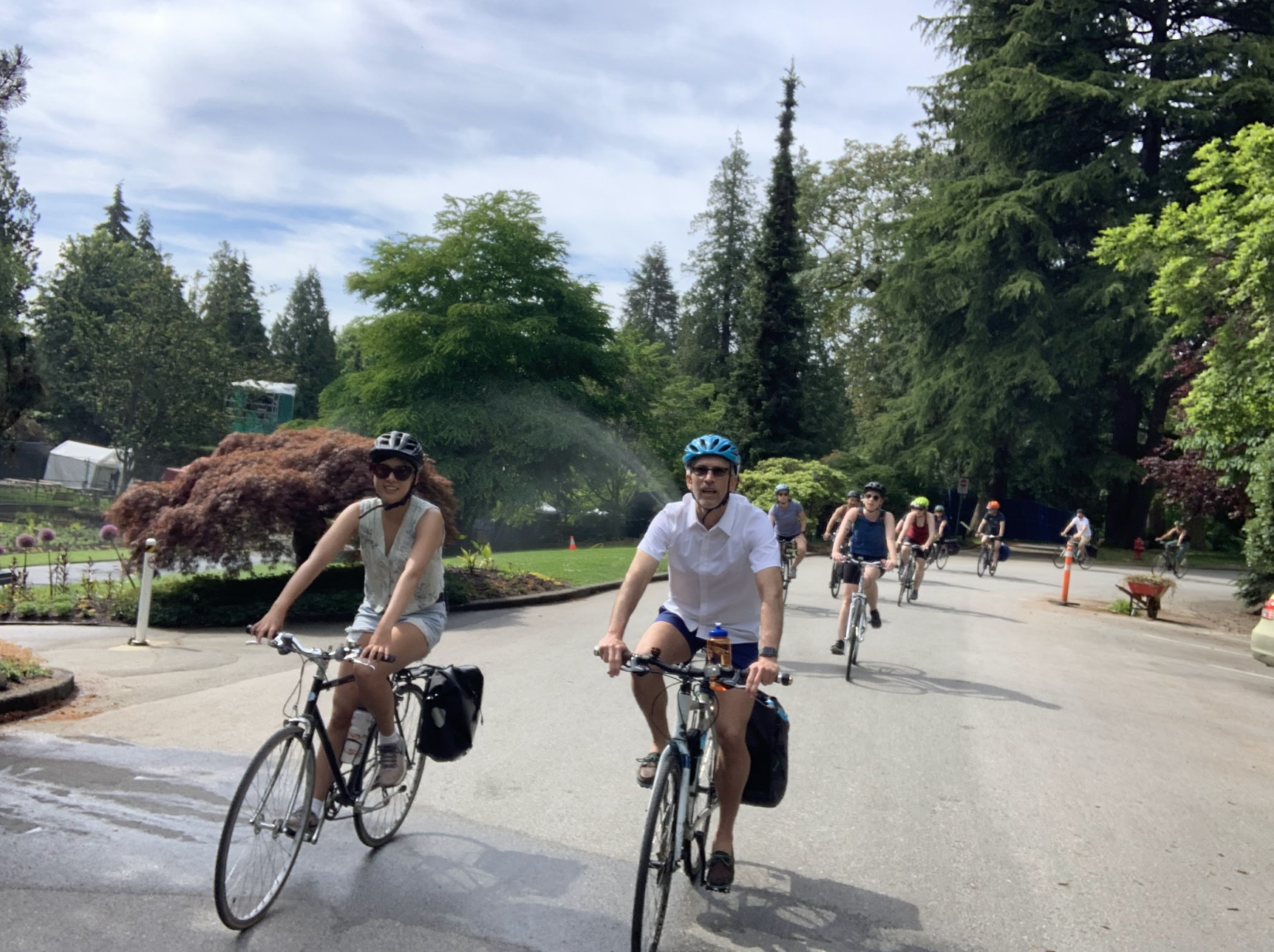Main menu
Recommendation Letter: Stanley Park Mobility Study

Feedback on the Stanley Park Mobility Study Options, July 2024
Dear Commissioners, staff, and Mobility Study consultants,
The goal of the Stanley Park Mobility Study is to explore options to increase access and improve the park experience while reducing private vehicle traffic in Stanley Park. We fully support these objectives and commend Park Board staff for their dedication to this study despite facing opposition from some quarters. We have reviewed the most recent Mobility Options package and its associated Evaluation Process package.
Based on this information, it is clear that doing nothing is not a viable option. The “do nothing” approach scored the lowest of all the options in 5 of the 7 categories, including accessibility which is one of the primary objectives of the study. Choosing to take no action fails to realize the potential of the park, does nothing to improve accessibility, and generally results in an intentionally diminished
park experience for visitors. We strongly support the transit/shuttle bus options, which should include a connection to public transit. However, given Translink’s current funding challenges, this may not be feasible in the short
term. We encourage the Park Board to consider reinstating their own free shuttle around Park Drive, similar to the one operated until 2010, potentially with the support of one or more corporate sponsors. The Mobi Bike Share sponsorship by Rogers demonstrates companies’ eagerness to support sustainable transportation alternatives.
Considering the challenges associated with transit costs, the only effective measure that will increase park visitors and reduce motor vehicle volumes is to enhance the safety and comfort of cycling and other forms of active transportation. This necessitates the implementation of separated and protected active mobility lanes along the entire length of Park Drive, accommodating not just people cycling, but also people using e-scooters and other micro-mobility devices, like wheelchairs.
As such, we support the three options that include a protected active mobility lane: options D, E, and F. For these options that include such lanes, we recommend that should private coaches be permitted, consideration be given to requiring them to be non-polluting or low-emission vehicles (e.g., natural gas, or electric).
Furthermore, we endorse the inclusion of Option A, which involves time-based access controls, provided it is implemented in conjunction with the other options that include a permanent protected active mobility lane. In this way, events such as Car-Free Sundays can be undertaken to demonstrate the value of completely car-free parks while continuing to provide safe and comfortable facilities for people using active transportation to get around the park
In summary, to achieve the objectives of the Mobility Study, the Board must adopt options that implement a fully separated and protected active transportation lane along the length of Park Drive (i.e., D, E, or F). This measure must be supported by improved transit or shuttle services for it to be effective, equitable, and accepted by the public. Your commitment to these improvements will ensure that Stanley Park remains a cherished, safe, and sustainable destination for future generations.
Jeff Leigh and Anthony Floyd
Co Chairs, Vancouver/UBC Local Committee Vancouver UBC Local Committee, HUB Cycling
Lisa Slakov
Park Board Liaison, Vancouver/UBC Local Committee Vancouver UBC Local Committee, HUB Cycling
